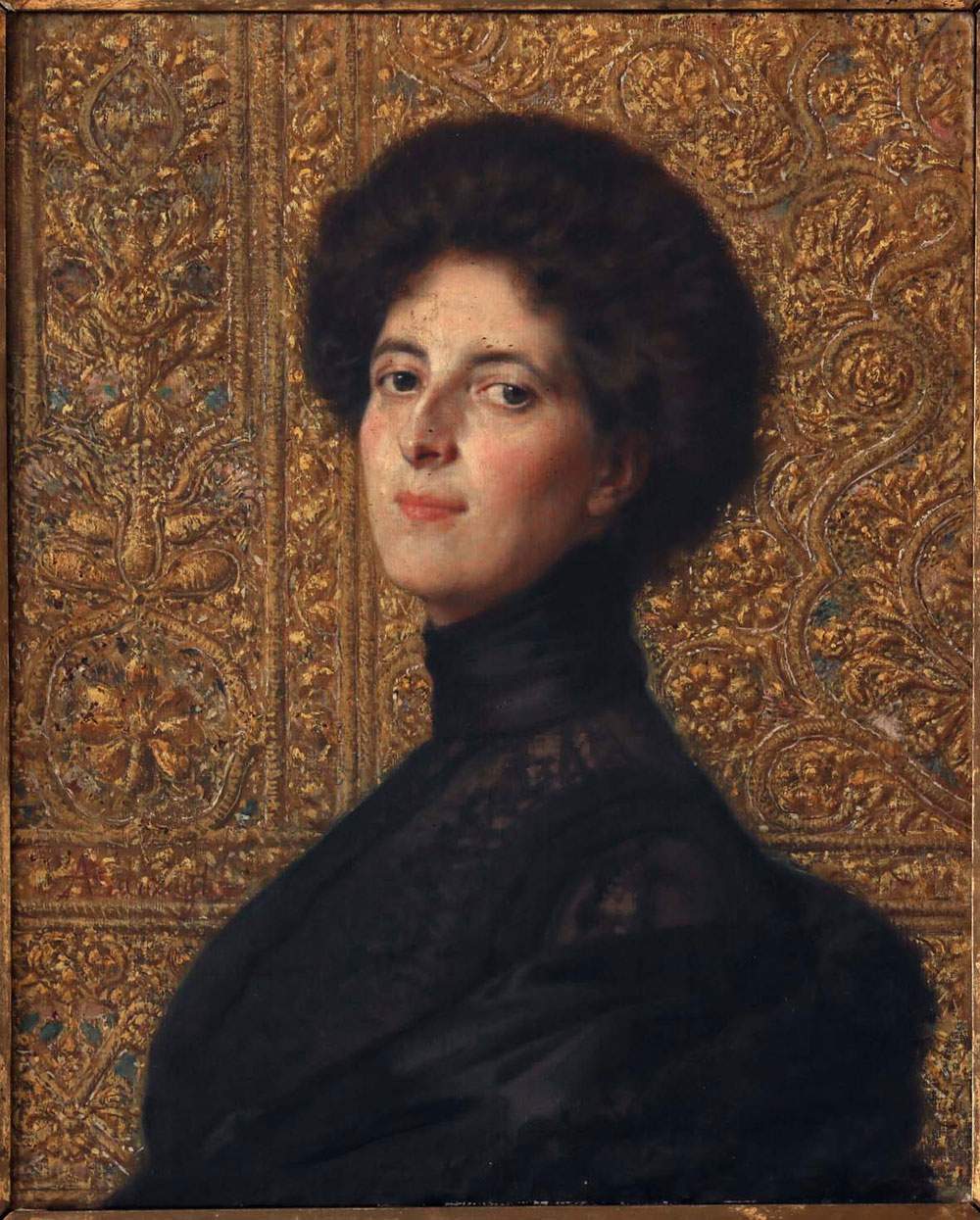Art and the Arts. Painting, Graphics and Photography in the Nineteenth Century is the exhibition that will run from October 20, 2019 to February 2, 2020 at the Pinacoteca Züst in Rancate (Mendrisio).
Curated by Matteo Bianchi in collaboration with Mariangela Agliati Ruggia and Elisabetta Chiodini with the scientific and organizational coordination of Alessandra Brambilla, it aims to analyze how theadvent of photography in the mid-nineteenth century disrupted painting and sculpture: a new way of relating to reality, and there were many artists who made original use of it.
In order to give an understanding of the real revolution that resulted from the use of photography, the exhibition will offer a meaningful comparison of photographs, paintings, engravings, drawings, and books.
The technique ofengraving will also be addressed. Jean-Baptiste-Camille Corot made landscapes at that time with various techniques, from drawing to painting to engraving. He made “glass pictures,” where a sheet of glass was covered with a layer of opaque material that was later etched by the artist. Of this, a print was made on photosensitive paper which, when exposed to light, captured the image.
Thus, works will be exhibited from Arras, the place of the invention of the techniques, and from Fontainebleau, a source of inspiration for the Barbizon painters. Millet, on the other hand, used the technique of heliography.
Photography became very important for Ticinese and Italian painters: Luigi Rossi used it as an ideal complement to the sketchbook in the construction of the pose, Filippo Franzoni as a tool for making self-portraits and landscapes, and Luigi Monteverde began his career as a photographer. And again, Filippo Carcano, who was accused of improper use of photography because of the modern framing of his works; Domenico Induno, who in some works made the characters in his canvases converse directly with photographs; Federico Faruffini, who abandoned painting to open a photography studio. Achille Tominetti, Uberto dell’Orto and Angelo Morbelli who in their production used photography as an important means of investigating the real. And finally Francesco Paolo Michetti, who used it first as an iconic substitute aid for the model, then as a cognitive tool for investigating the real, and finally after 1900, as an autonomous expression of the artist’s creativity.
The exhibition will also pay tribute to the three artists of the Vela family: to the two sculptors, Vincenzo and his brother Lorenzo, who specialized in depicting animals, as well as to Spartacus, a painter.
A section will document techniques and tools supporting the reproduction of images: vintage cameras and plates, stereoscope, as well as lithographic stone, silographic plate, and copper.
For info: www.ti.ch/zuest
Image: Antonio Barzaghi Cattaneo, Portrait of Giovanna Béha Castagnola (c. 1900; Private collection ) © Ely Riva
 |
| How did the advent of photography revolutionize painting and sculpture? An exhibition at the Pinacoteca Züst investigates the issue |
Warning: the translation into English of the original Italian article was created using automatic tools. We undertake to review all articles, but we do not guarantee the total absence of inaccuracies in the translation due to the program. You can find the original by clicking on the ITA button. If you find any mistake,please contact us.